Research on the Development and Structural Design of Medical Five-Finger Dexterous Hands
DOI: 10.23977/jemm.2024.090212 | Downloads: 32 | Views: 1003
Author(s)
Qiming Tian 1
Affiliation(s)
1 Wuhan Britain-China School, Wuhan, Hubei, 430030, China
Corresponding Author
Qiming TianABSTRACT
Central nervous system injuries from strokes lead to upper limb paralysis in 55% of patients, resulting in severe motor impairments. Medical practice shows that rehabilitation training effectively improves these motor deficits. Traditional rehabilitation methods impose significant economic burdens on society and families. Researchers, both domestically and internationally, have introduced rehabilitation robots, exemplified by the five-finger dexterous hand, to assist patients with their rehabilitation training instead of relying solely on therapists. The five-finger dexterous hand serves as a bionic actuator at the end of robotic arms, playing a crucial role in the development of medical rehabilitation robots. This paper explores the development and structural design of medical five-finger dexterous hands, discusses their current research status, bionic theories, and structural designs. The aim is to provide guidance for the design and development of medical five-finger dexterous hands while also aiding stroke patients in recovering swiftly from illness, thereby enhancing their quality of life and sense of well-being.
KEYWORDS
Five-Finger Dexterous Hand; Medical Rehabilitation Robot; Development; Structural DesignCITE THIS PAPER
Qiming Tian, Research on the Development and Structural Design of Medical Five-Finger Dexterous Hands. Journal of Engineering Mechanics and Machinery (2024) Vol. 9: 87-93. DOI: http://dx.doi.org/10.23977/jemm.2024.090212.
REFERENCES
[1] GBD 2019 Stroke Collaborators. Global, regional, and national burden of stroke and its risk factors, 1990-2019: a systematic analysis for the Global Burden of Disease Study 2019[J]. Lancet Neurol. 2021; 20 (10): 795-820.
[2] Chinese Cardiovascular Health and Disease Report Compilation Group. Summary of China Cardiovascular Health and Disease Report 2020. Chinese Journal of Circulation, 2013, 36: 562-586.
[3] Zhang T. Chinese Stroke Rehabilitation Treatment Guidelines (2011 Complete edition)[J]. Chinese Rehabilitation Theory and Practice, 2012, 18(04):301-318.
[4] Chen Yi, Gao Qiang. Research progress of rehabilitation of motor dysfunction after stroke [J]. West China Medicine, 2022, 37(05):757-764.
[5] Kong Fanlei. Design of late hand rehabilitation training system for stroke patients [D]. Donghua University, 2022.
[6] Wang Peng. Research on functional rehabilitation manipulator system for finger trauma [D]. Harbin Institute of Technology, 2009.
[7] Wang S, Li J, Zheng R. Active and passive control algorithm for an exoskeleton with bowden cable transmission for hand rehabilitation[C]//2010 IEEE International Conference on Robotics and Biomimetics. IEEE, 2010: 75-79.
[8] Wang Jianhua, Yang Fucai, Yang Guoqiang. Design of a robotic rehabilitation robot based on Position control [J]. Chinese Journal of Scientific Instrument, 2018, 39(10): 2165-2172.
[9] Guo Tie, Chen Guanghua, Wang Lei. Hand rehabilitation robot system based on position control [J]. Control Engineering, 2019, 26(2): 258-263.
[10] Jiang Le, Li Xiaofeng, Xiao Hongchang. Design and experimental research of hand rehabilitation robot based on position control [J]. Journal of Biomedical Engineering, 2019, 36(1): 46-53.
[11] Wang Xiangyu. Control and Experimental research of hand exoskeleton robot based on Active rehabilitation strategy [D]. Harbin Institute of Technology, 2015.
[12] Liu Hongmei. Research and Implementation of the Control System of the Flexible Driving Hand Function Rehabilitation Robot [D]. Shanghai Normal University, 2020
[13] Wang Hongbo, Yan Yongfeng, Wang Xincheng, et al. Design and compliance control method of end-traction finger rehabilitation Robot [J]. Chinese Journal of Science and Technology, 2019, 15(07):743-749.
| Downloads: | 11064 |
|---|---|
| Visits: | 419639 |
Sponsors, Associates, and Links
-
Cybernetics and Mechatronics
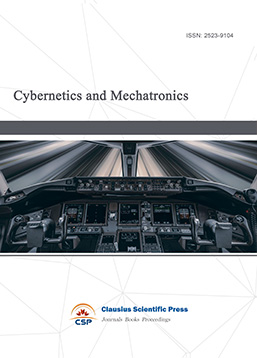
-
Digital Manufacturing and Process Management
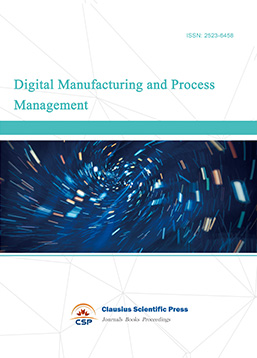
-
Ultra-Precision Machining Process

-
Journal of Robotics and Biomimetics
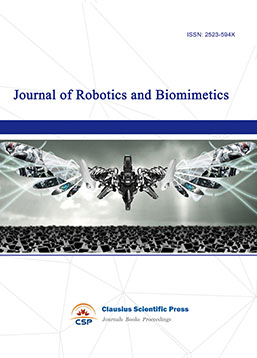
-
Prognostics, Diagnostics and Health Management
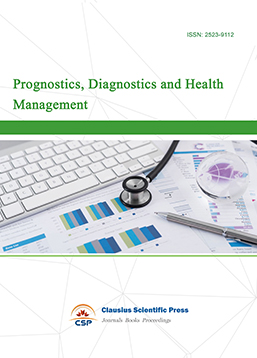
-
Micro-Electro-Mechanical Systems
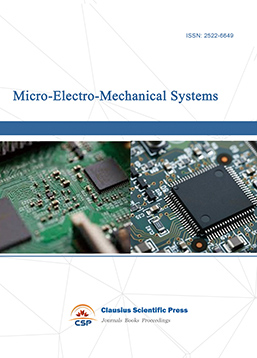
-
Journal of Precision Instrument and Machinery
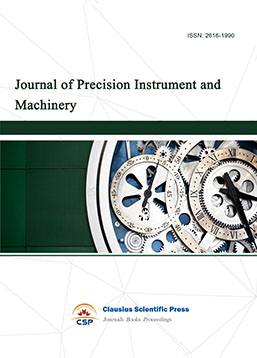
-
Engineering and Solid Mechanics

-
Fracture and Damage Mechanics
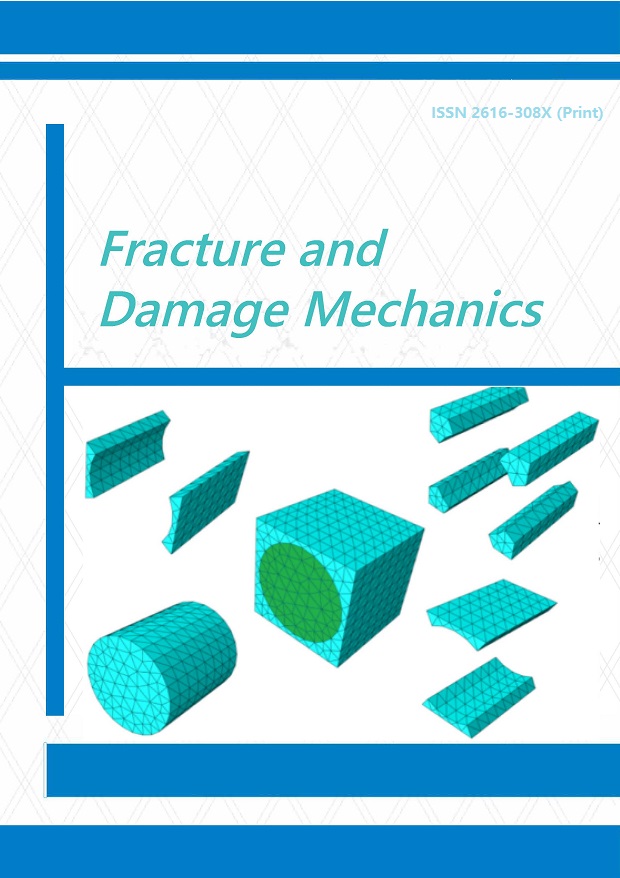
-
Frontiers in Tribology
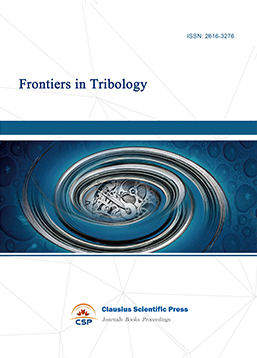
-
Fluid and Power Machinery
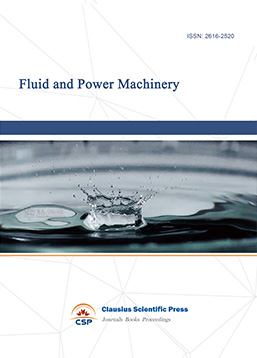
-
Chemical Process Equipment

-
Journal of Assembly and Manufacturing
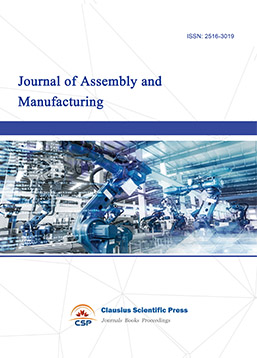
-
Mechanical Vibration and Noise
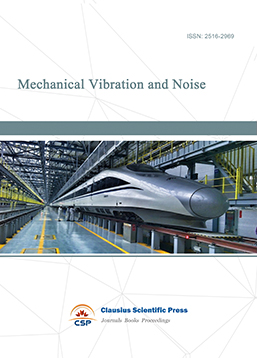

 Download as PDF
Download as PDF